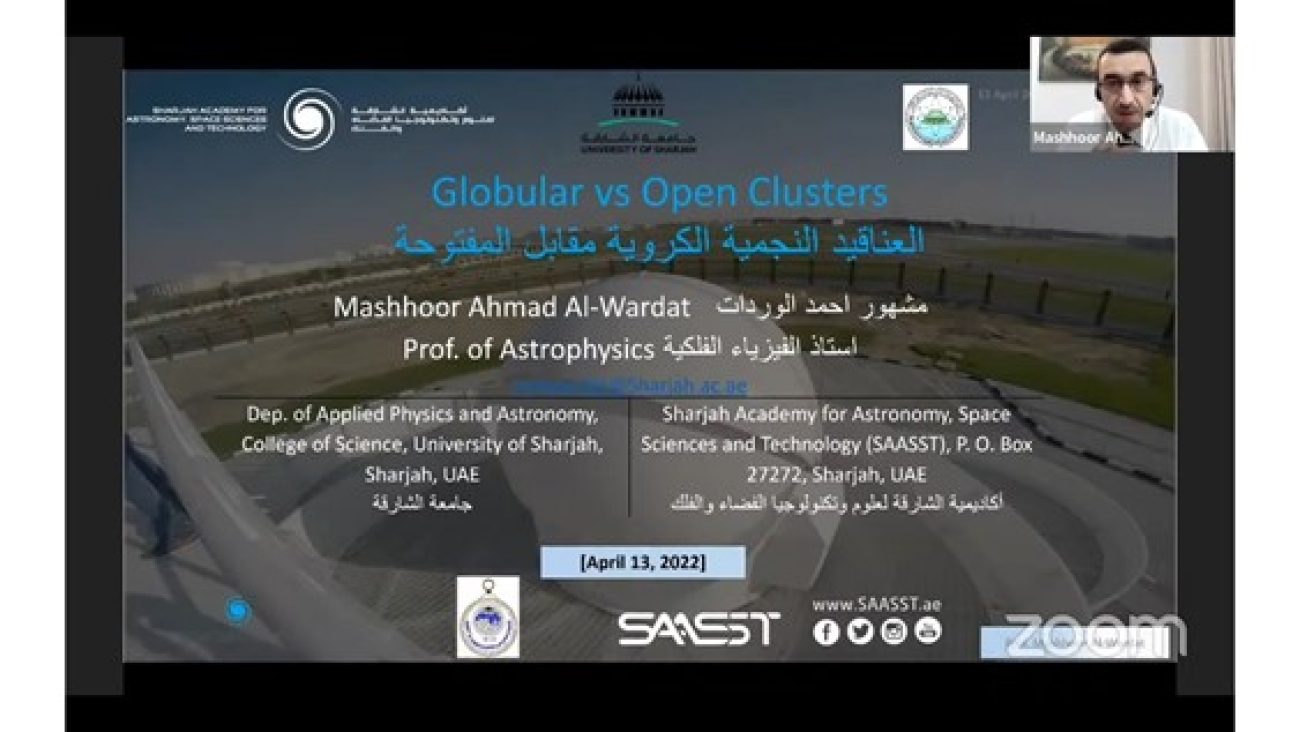There are three main types of star clusters: globular clusters, open clusters, and stellar associations, each of which has different properties that provide extra information to astronomers. If viewed with the naked eye, globular clusters look like faint streaks of light against the darkness of space. But a telescope reveals their true form: thousands to millions of stars form a spherical shape with a bright, dense core. Stars in globular clusters formed in the early days of the universe, around 10 billion years ago, making them some of the oldest stars in existence. Because they are so old, they are "metal-poor," meaning they lack the heavy elements that did not exist in the early universe. Because globular clusters have little gas and dust left, they no longer produce new stars. Astronomers have discovered approximately 150 globular clusters in the Milky Way galaxy. In contrast, the Andromeda galaxy has some 400, and the M87 galaxy has more than 10,000.
Open clusters do not have a distinct shape. Instead, their stars are loosely clustered together in an amorphous gravitationally bound group. They contain just hundreds or thousands of stars, making them far less dense than globular clusters. Open clusters are also much younger, with the oldest being about a billion years old. As such, their composition has a larger range of elements.
The full video of the lecture can be checked through the link: https://www.youtube.com/watch?v=Djha8OhUKxk



